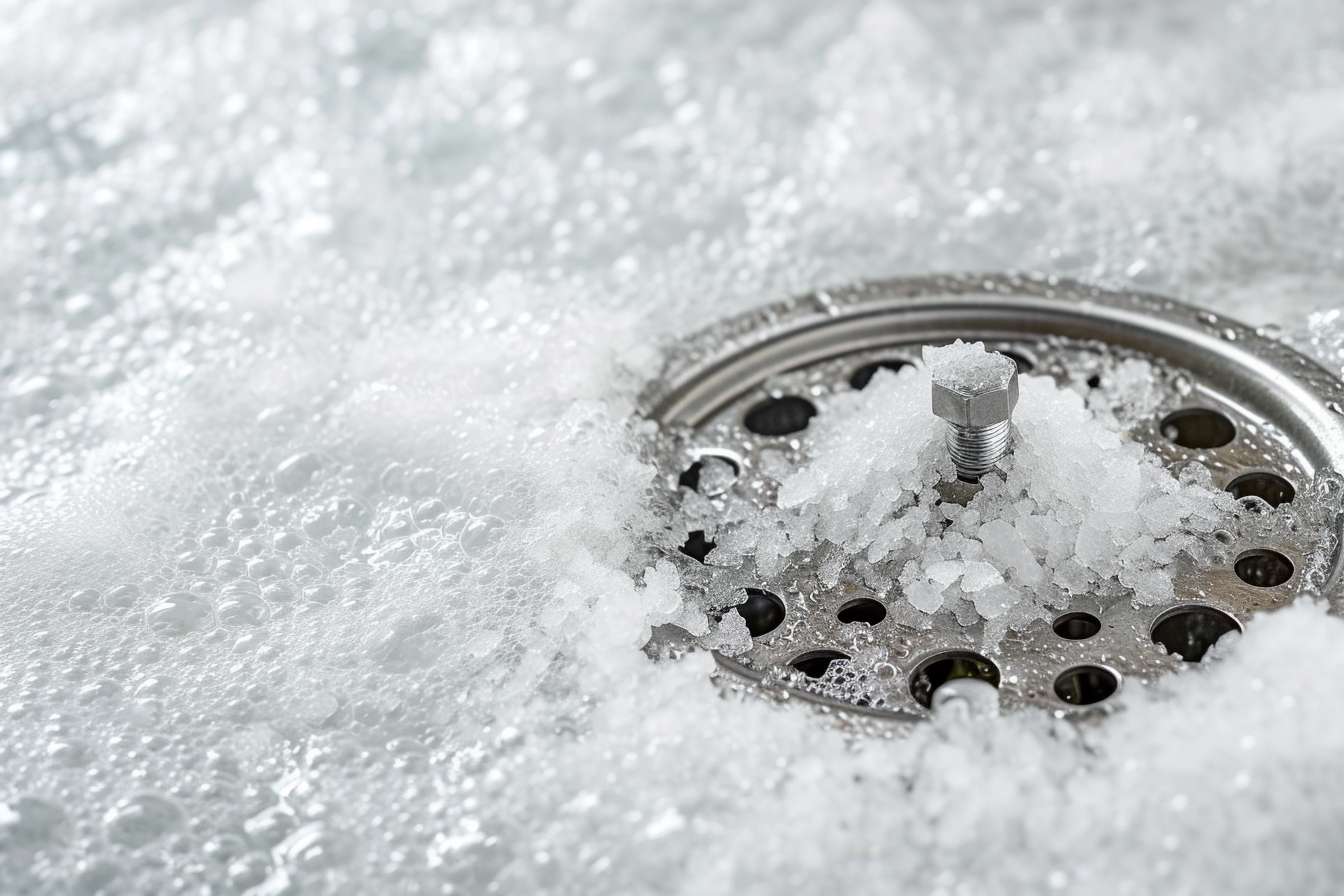Retrofit options for adding a rinse point to existing bars
Adding a dedicated rinse point can improve glass handling, sanitation, and service speed in established bars without a full rebuild. This article outlines retrofit choices, plumbing implications, ergonomic siting, and maintenance considerations to help operators select an option that fits their backbar, undercounter space, and workflow.

Adding a dedicated rinse point to an existing bar can streamline service, reduce cross-contamination, and improve throughput without a major renovation. When retrofitting, prioritize placement that supports bartender workflow, matches existing barware and backbar layouts, and meets local plumbing and sanitation codes. This article covers practical retrofit approaches, installation and maintenance trade-offs, wateruse concerns, and ergonomic choices such as footswitches, sensors, and splashguards.
Barware and rinse workflow
Positioning a rinse point starts with understanding the types of barware you serve and how staff move. A rinse station near the backbar or service well shortens the path for rinsing tall pint glasses, stemware, and mixing tins, improving throughput. Consider typical glass sizes when choosing nozzle height and splashguard geometry to reduce breakage. Integrating the rinse point into the bartender’s existing workflow—adjacent to the ice well or speed rail—minimizes extra steps and helps maintain consistent sanitation between drinks.
Sanitation and wateruse considerations
Retrofitting must meet sanitation expectations for glass rinsing: adequate flow, temperature where required by local code, and clear drainage to avoid pooling. Timed or sensor-controlled rinsers reduce unnecessary wateruse compared with continuously running taps, and flow restrictors can further limit consumption. Evaluate whether a rinse cycle is needed for sanitizer application or simply for pre-rinse; this affects plumbing and control choices. Ensure materials contacting glass are food-safe and resistant to limescale to simplify ongoing sanitation.
Undercounter plumbing and drain options
Many retrofit projects use an undercounter approach to conceal valves, solenoids, and pumps while tying into existing water and drain lines. Options include tapping a cold-water branch, adding a metered delivery line, or installing a small booster pump if pressure is low. Drain strategies vary: connecting to an existing sink drain, adding a dedicated local drain, or routing to an approved greywater outlet. Include an accessible trap and consider backflow prevention or an air gap if required by local plumbing codes.
Installation, footswitch and sensor choices
Installation ranges from a simple countertop-mounted rinser with a direct water connection to a full undercounter module with solenoid, timer, or sensor activation. Footswitches provide tactile control and keep hands free; they are straightforward to wire into an undercounter solenoid. Infrared sensors offer hands-free activation but may require calibration to avoid false triggers and can use slightly more water if not paired with timed shutoff. Choose components rated for commercial hospitality environments to withstand heavy cycles.
Maintenance, splashguard and ergonomic design
Durable splashguards reduce mess and glass damage; choose replaceable guards that resist staining and are easy to sanitize. Regular maintenance includes descaling nozzles, inspecting solenoids or footswitch wiring, and clearing drain traps to prevent odours. Ergonomic placement—height and distance from the bartender’s primary stance—reduces repetitive strain and speeds service. Plan for easy access to undercounter components so routine checks and repairs don’t disrupt bar operations or require removing fixed cabinetry.
Efficiency, throughput and backbar impact
A well-sited rinse point improves throughput by shortening cycle times for rinsing between drinks and lowering the load on dish areas. Compare sensor vs footswitch activation in your environment: sensors may speed single-handed pours, while footswitches can be preferred in busy, splash-prone areas. Consider how a rinse point affects the backbar: routing plumbing might limit storage or require relocation of bottles and equipment. Test a pilot placement during a peak shift to measure real workflow gains before committing to permanent fixtures.
Conclusion
Retrofitting a rinse point into an existing bar is feasible with several approaches: countertop units, undercounter modules, sensor or footswitch activations, and different drain strategies. Addressing sanitation, wateruse, ergonomic siting, and maintenance needs during planning reduces surprises during installation and keeps the retrofit aligned with hospitality workflows. Working with familiar local services and checking applicable plumbing codes will help ensure a durable, efficient addition to the bar.






